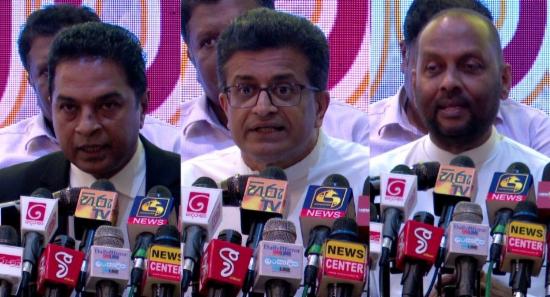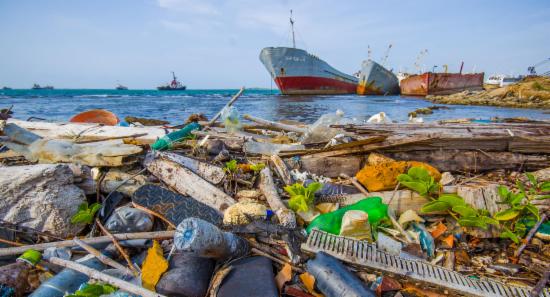.webp)

Sri Lanka Tops South Asia in AI Job Exposure — But Is It Ready?
COLOMBO (News 1st): Sri Lanka is emerging as one of South Asia’s most AI-exposed economies, reflecting its relatively skilled and educated workforce, according to the latest World Bank South Asia Development Update.
While South Asia’s workforce remains moderately exposed to the disruptive effects of artificial intelligence (AI) due to the dominance of low-skill, agricultural, and manual labor jobs, Sri Lanka stands out with the highest share of AI-exposed occupations in the region.
Across South Asia, only 22 percent of jobs are classified as AI-exposed, with Sri Lanka and Bhutan leading the pack, and Nepal recording the lowest exposure.
AI exposure is closely tied to the prevalence of skilled jobs and the decline of agricultural employment.
Despite the region’s overall low exposure, demand for AI skills is surging, particularly in Sri Lanka and India, where 7.3 percent and 5.8 percent of white-collar job listings in 2025 required AI expertise, respectively.
Jobs requiring AI skills command a wage premium of nearly 30 percent compared to other white-collar roles.
However, the rise of Generative AI has already begun reshaping the labor market. Monthly job listings for highly exposed and easily automatable white-collar roles have dropped by 20 percent, with the business services and IT sectors seeing the largest relative losses.
Young, moderately educated workers are the most vulnerable to displacement.
Still, there is significant upside. Around 15 percent of South Asian workers are in roles that complement AI, offering potential for productivity gains—especially among highly educated and experienced professionals.
To harness AI’s benefits while minimizing disruption, the report recommends that South Asian nations, including Sri Lanka, invest in skilling programs, reliable electricity, fast internet, and labor mobility infrastructure.
Other Articles
Featured News





.png )










-812087_550x300.jpg)
-810262_550x300.jpg)
-809496_550x300.jpg)


















.gif)